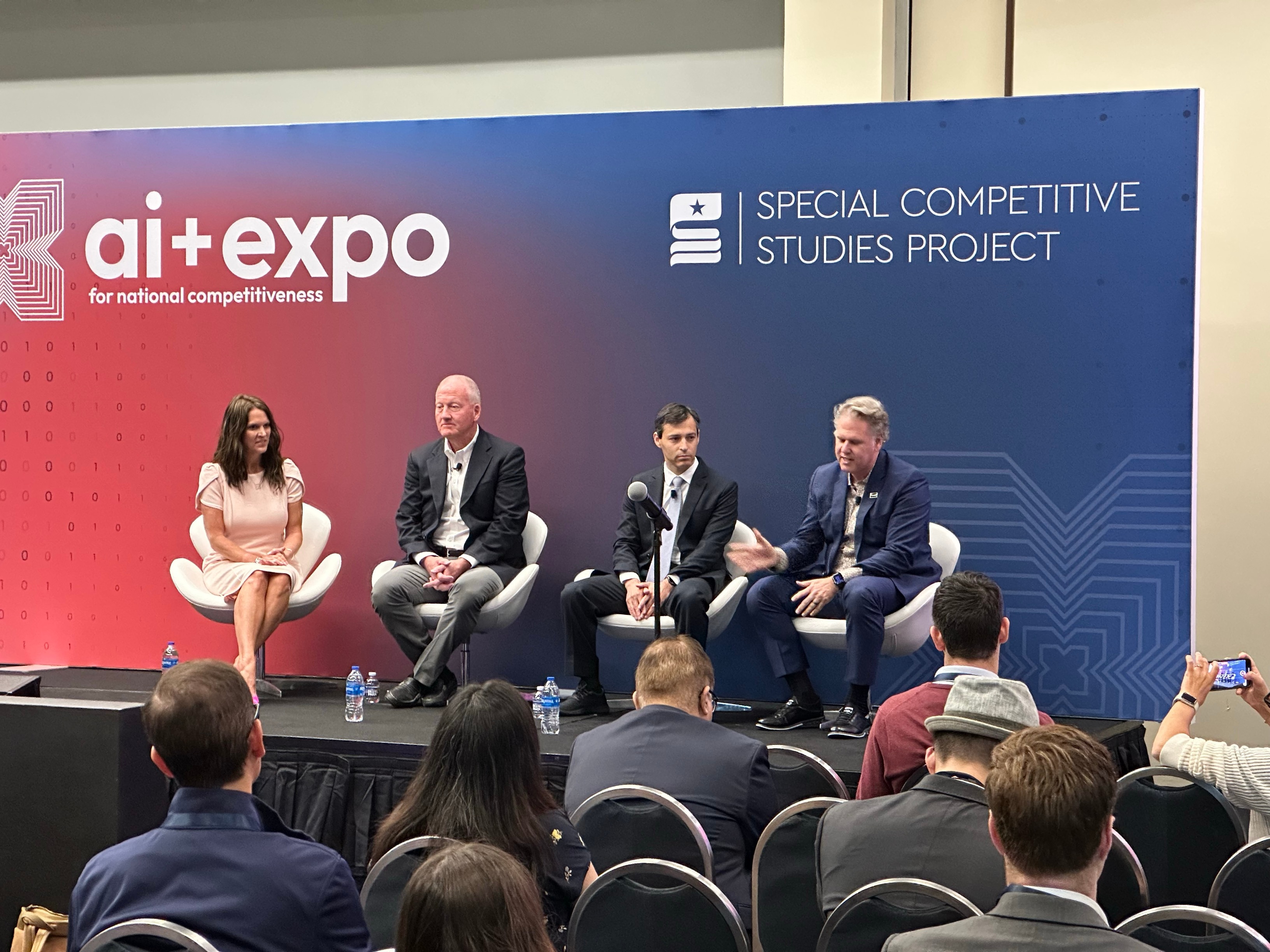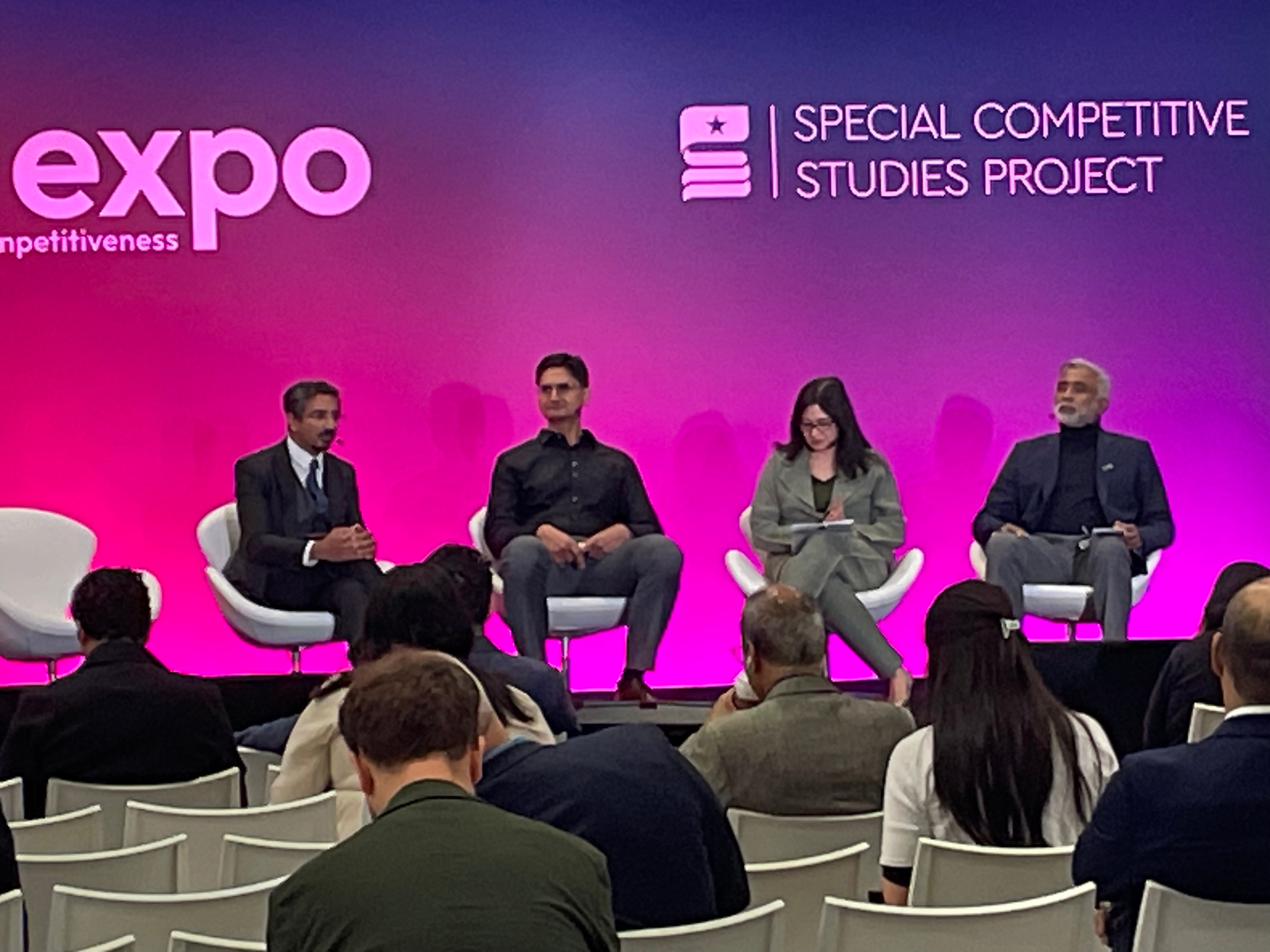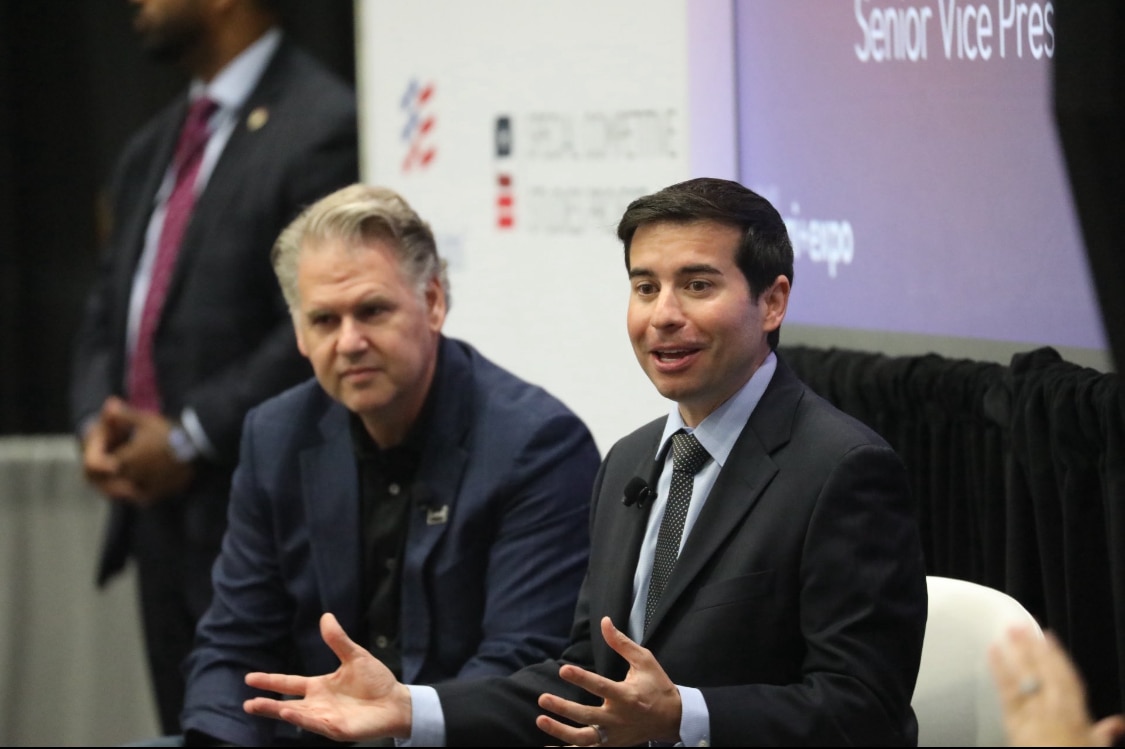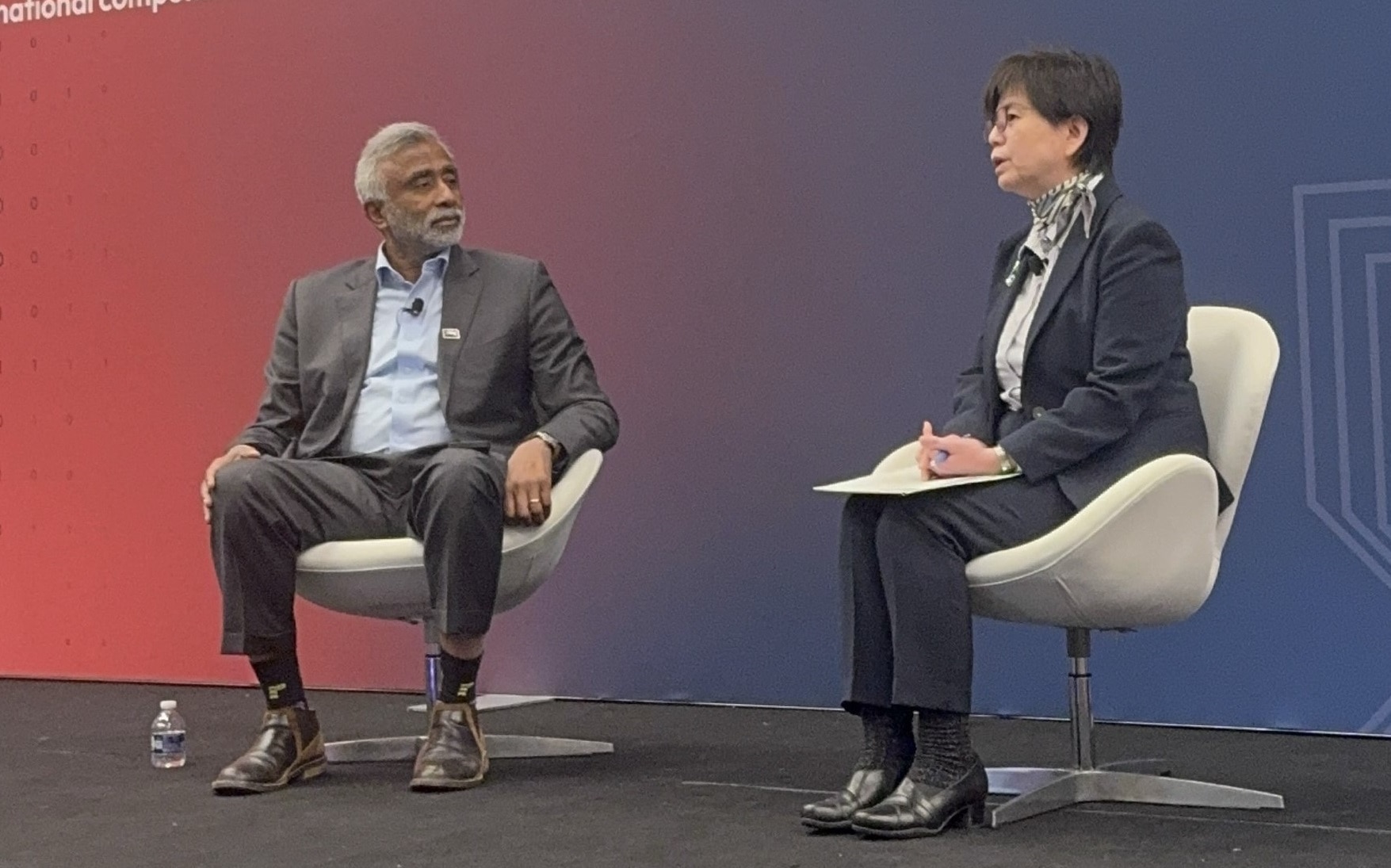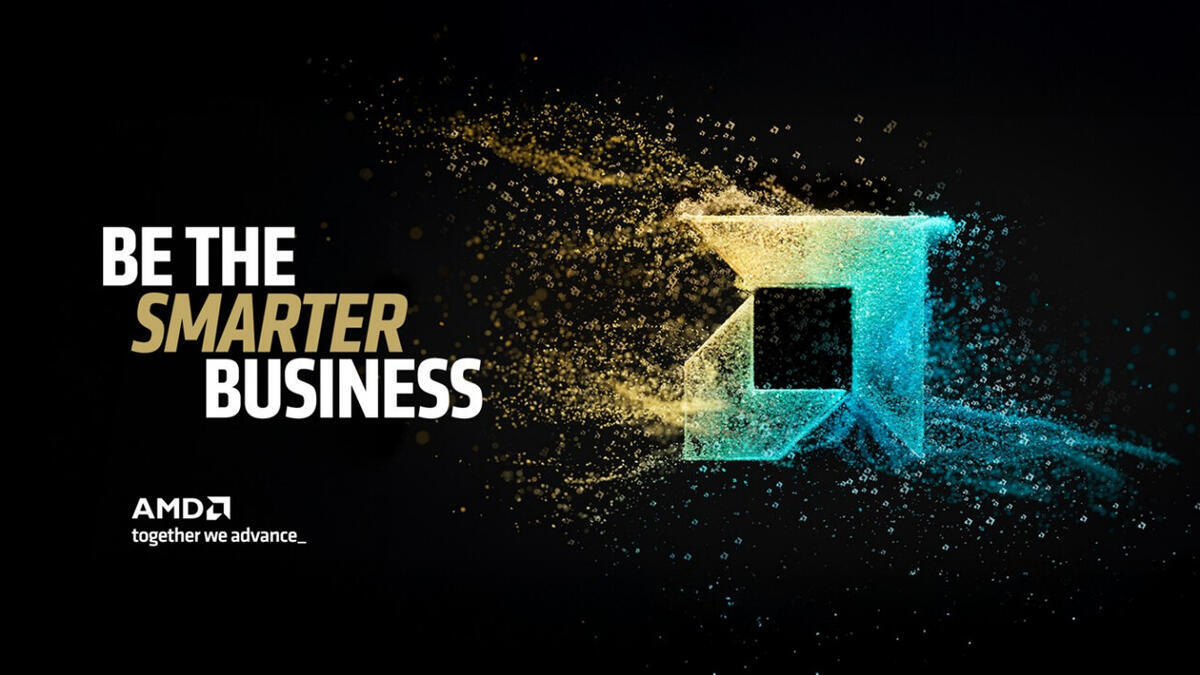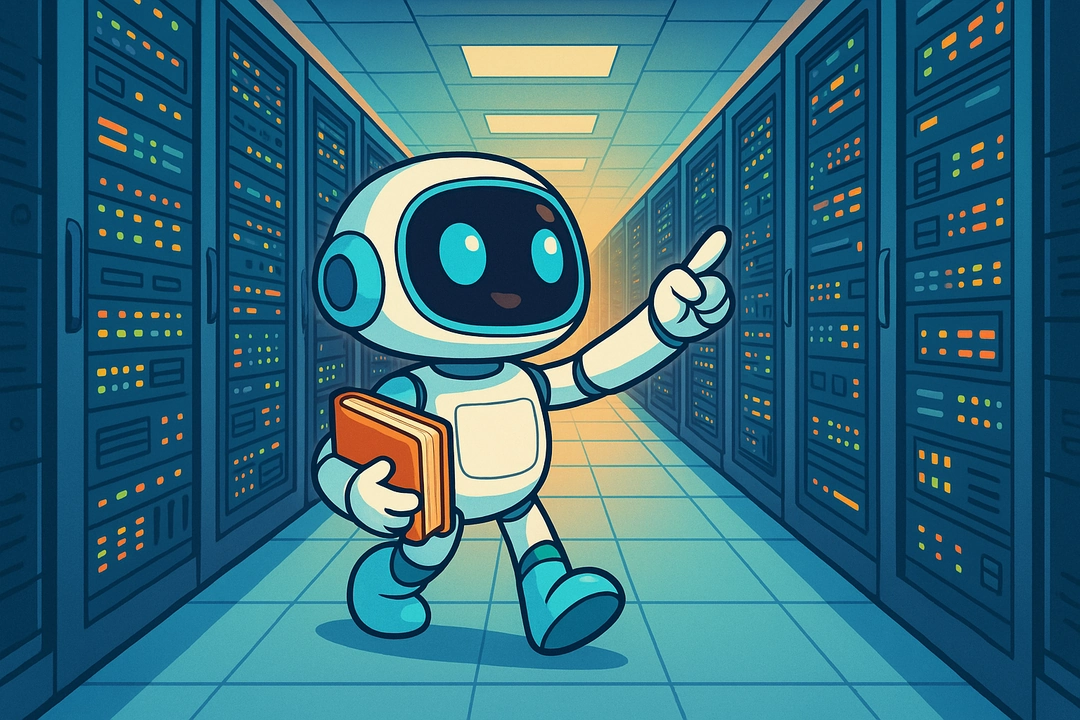Resilient National Economies are Built on Diverse AI Ecosystems
Jun 06, 2025
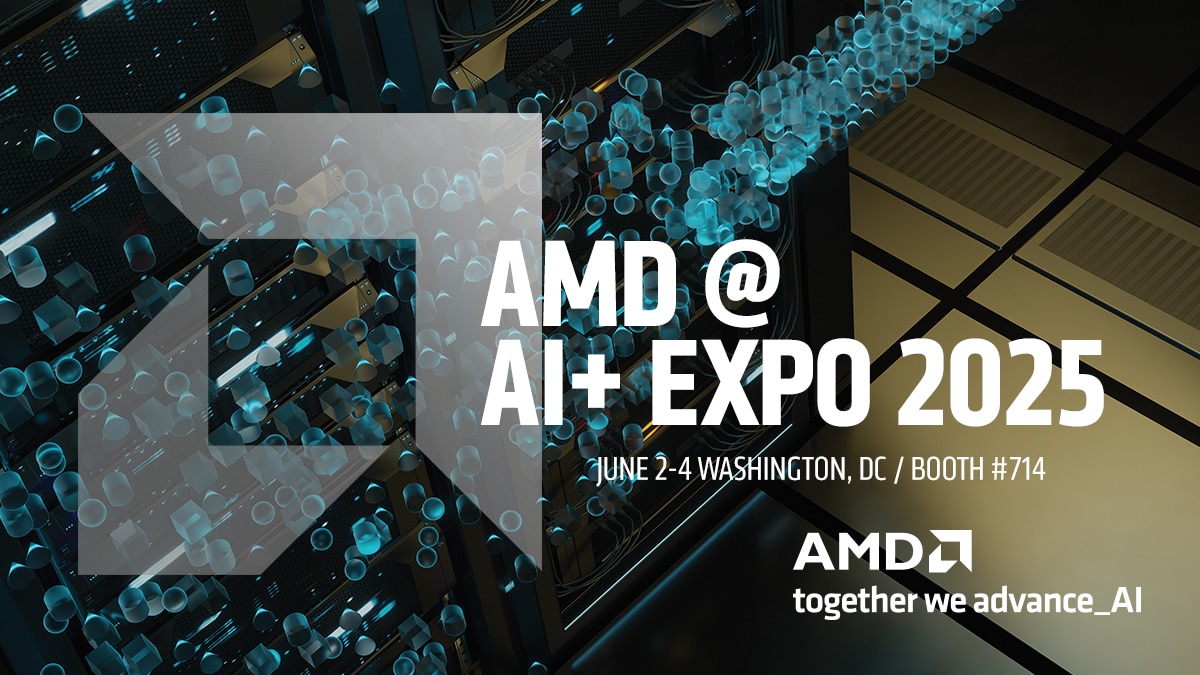
AMD was proud to support and participate in the AI+ Expo 2025, organized by the Strategic Competitive Studies Program, on June 2 -4th in Washington, DC.A broad swatch of AI stakeholders convened to discuss critical technologies driving U.S. competitiveness with a primary focus on artificial intelligence. Key topics included:
- Which funding and collaboration models are emerging to finance the future of sovereign AI infrastructure?
- How can the private sector lean into President Trump’s Executive Orders to help AI-ready our children and the workforce?
- How can public private consortiums expand energy production to ensure sufficient power for a growing pipeline of AI factories?
Financing the Future of AI
AI is the most transformational technology of our time. To fully harness its value for both prosperity and security, nations must tap into global AI innovation and invest at home. This means public-private consortiums with global and local AI partners and expanding access to full-spectrum AI infrastructure within their borders to support local AI model development, production and consumption.
One panel session on this topic was organized and moderated by AMD and featured senior executives from TSMC, OpenAI, and Bank of Montreal. The importance of strategic technology alliances was reiterated in another panel discussion focused on deepening ties between U.S. and India, underscoring India’s focus on data protection, digital autonomy, and innovation as a model for balancing user rights, economic growth, and national security. Another session explored the UK’s sovereign AI journey, their early leadership in recognizing the imperative to scale AI infrastructure, and their priority focus on de-regulatory frameworks to support AI adoption.
Building a World-Class AI Workforce
The fireside chat featuring the U.S. Deputy Secretary of Labor Keith Sonderling and AMD’s Keith Strier, focused on AI-driven workforce transformation. Their discussion tackled the evolving demands on the American workforce, and how the Trump Administration has leaned into these critical issues to promote US competitiveness. As AI reshapes industries, the need for new skills becomes more urgent, as does new education and workplace pathways for citizens to retool themselves for an AI-centric economy.
During a fireside chat between Dr. Harriet Kung, Acting Director of the Office of Science at the U.S. Department of Energy (DOE) and Thomas Zacharia, SVP, AMD, the topic of AI talent was further elaborated on. Dr. Kung noted that the U.S. is working across DOE labs to address AI literacy as early as at the K-12 level and host thousands of students ranging from high school to doctorate level to give them hands-on experience with state-of-the-art research tools. Additionally, a joint program between Office of Science (SC) and NNSA, the DOE Computational Science Graduate Fellowship (DOE CSGF), provides opportunities to students pursuing doctoral degrees in fields that use high-performance computing, AI, and quantum computing to solve complex science and engineering problems.
Public- Private Partnerships Enable National-Scale AI
The critical role of public-private partnerships as the foundation for AI growth and innovation was a dominant theme at the Expo.
The DOE has historically served as a powerful bridge between government and industry and aims to continue this tradition as a platform for scientific, and now nation-scale AI progress. In one of its latest initiatives, the department is investigating on how best to leverage DOE land and adjacent power infrastructure to support broader AI development and adoption in the U.S., Dr. Kung explained during a fireside chat with Thomas Zacharia, SVP, AMD.
AMD is powering five of the top 10 fastest and 15 of the 25 greenest supercomputers in the world. As the world’s fastest computer, El Capitan has ushered in a new era of exascale computing and AI-enabled science. El Capitan evidences AMD’s commitment to working with US National Labs and our partners to push the boundaries of computing innovation and extend American technology leadership. El Capitan leverages the AMD Instinct MI300A, integrating 24 AMD "Zen 4" x86 CPU cores with 228 AMD CDNA™ 3 high-throughput GPU compute units, 128 GB of unified HBM3 memory that presents a single, shared address space to CPU and GPU, interconnected into the coherent 4th Gen AMD Infinity Fabric™ architecture.

